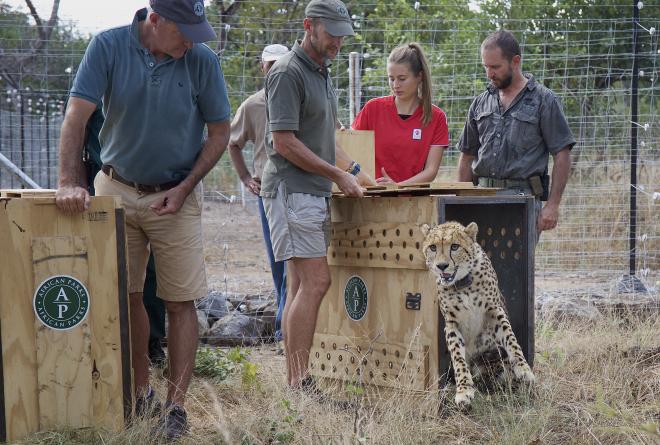In liwonde national park, 4 species of vulture; all considered critically endangered have returned. What has prompted this? Well the reintroduction of lion and cheetah has retires some meat two be put out and this has attached the vultures.
The park is a little over 2000 square miles (5500 square km) and the cheetah population has reached 42.

Lion and cheetah were lost around 2000, and as a result the vultures left.
The problem is that was vultures are the main group cleaning up bodies, without them the bodies started and rotted. This was a perfect breeding ground for various illnesses that threaten the lives of both humans and livestock.
Farmers will often take revenge on livestock killings by poisoning the body. This usually like the lions, along with any scavengers that come along such as jackals and hennas.
However, it can have a decorating impact on vultures. Due to their way of finding near to scavenge, there can often be 20-30 vultures waiting while the lion eats – if a kill is poisened, it can kill every vulture for miles around.
Both lions and cheetah are missing from dozens of countries across Africa and Asia, places they historically roamed. While lions can cause more issues, cheetah cannot generally kill much livestock. As a result, there will be dozens of reserves where cheetah could return, allowing the reserve to start to operate more as it once did. Once this happens, tourists will start visiting and this leads to money which can help the rest of the reserves rejunivatiom. This in turn makes return of lions far easier, as assist from bringing in the funds to compensate livestock losses, it also brings in lots of money – allowing poor farmers to make more money and raise the standard of living for their family.











